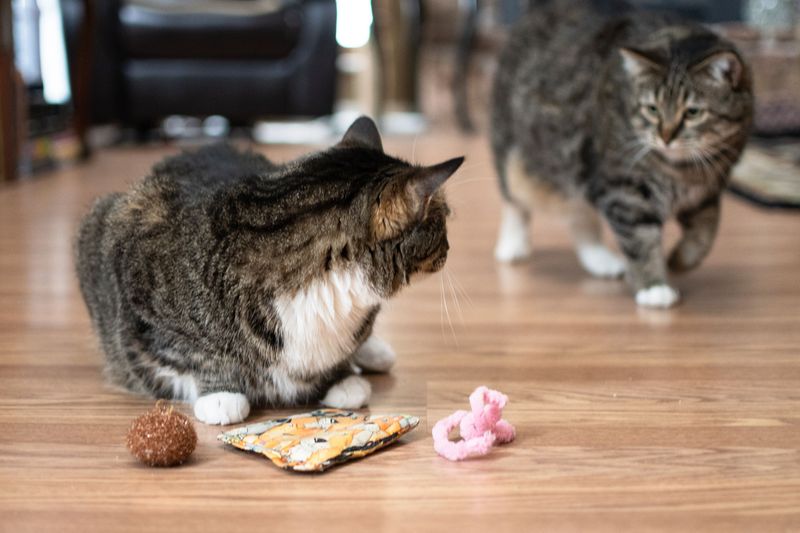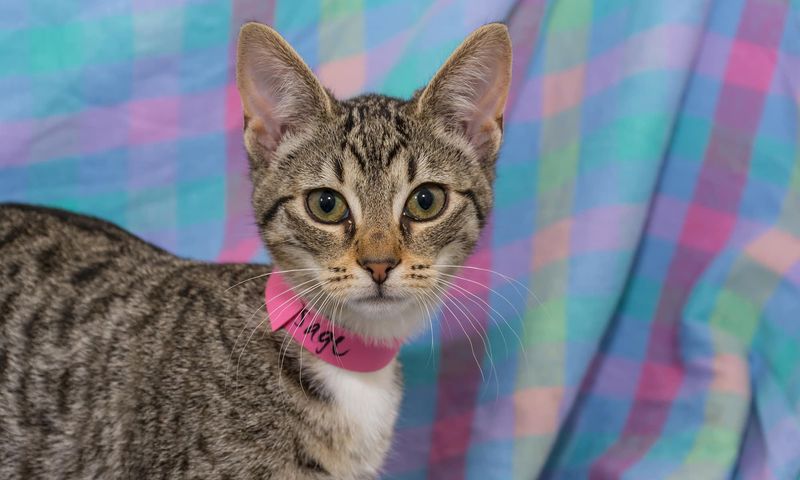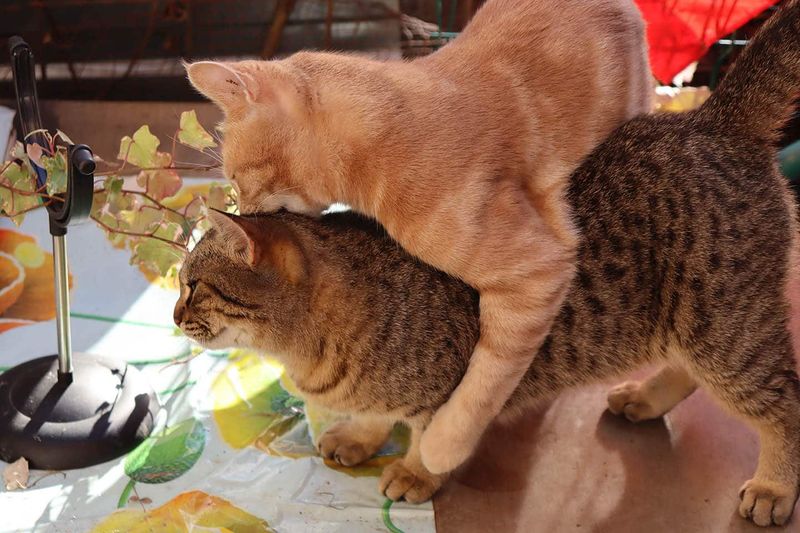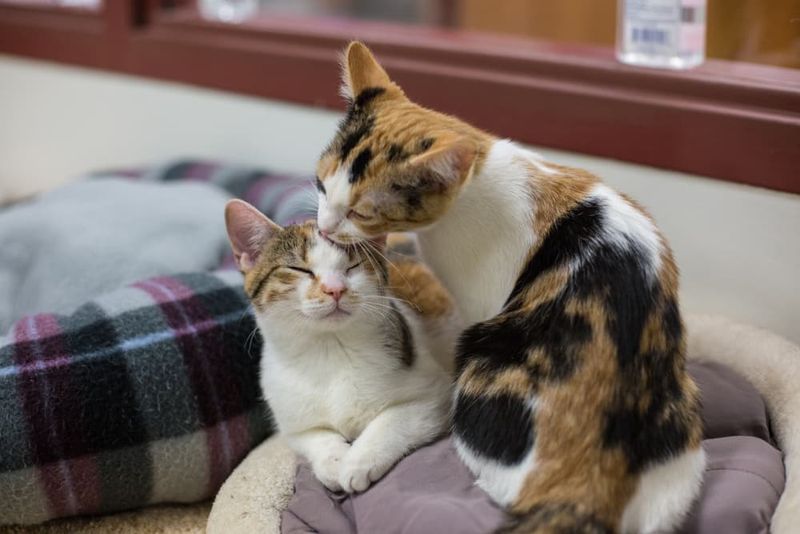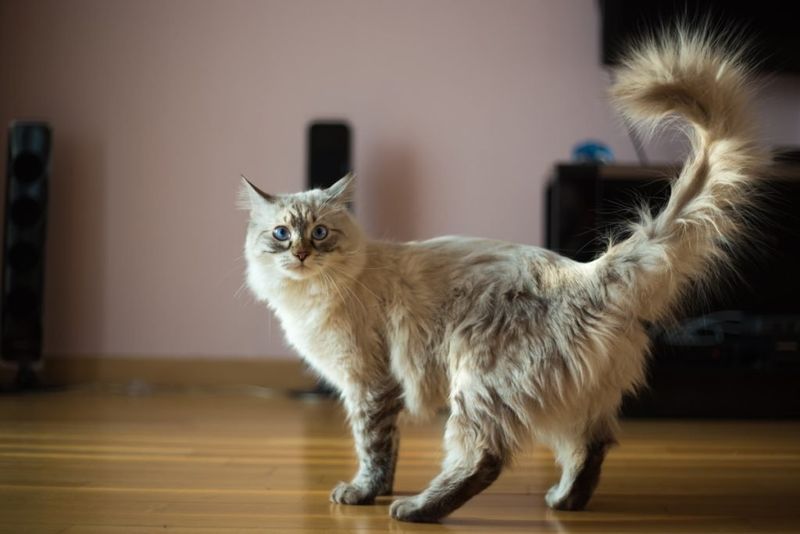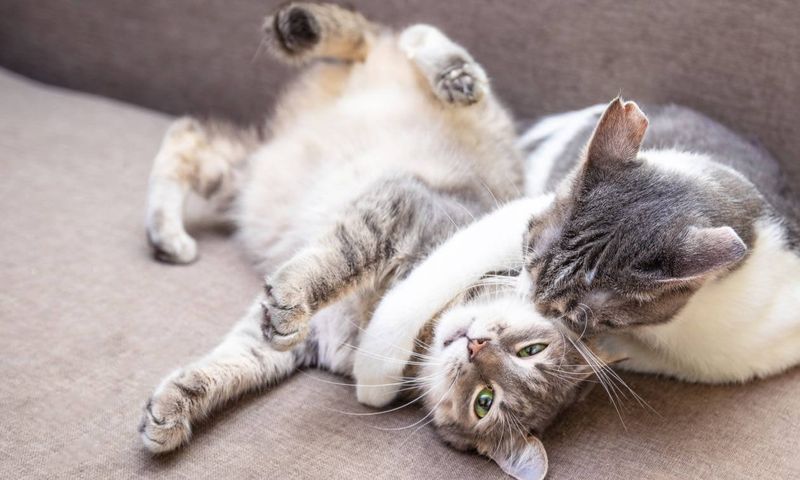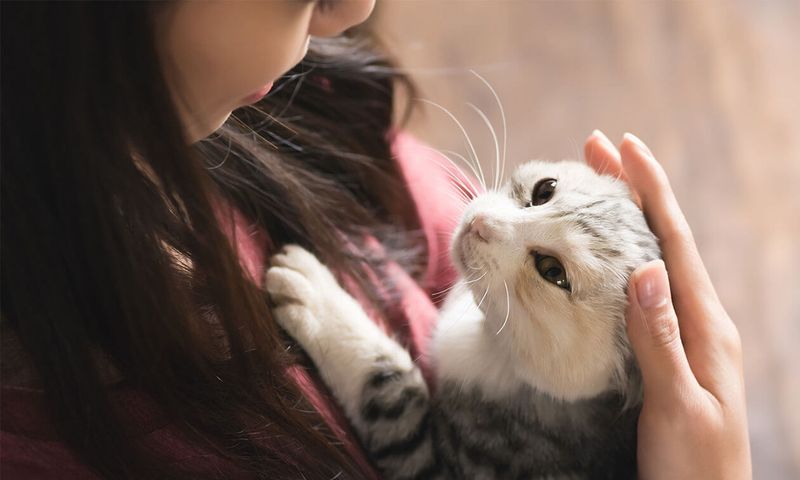📖 Table of Content:
Living with a cat means sharing your home with a strong personality—and sometimes, that personality takes over. Female cats, in particular, can be surprisingly assertive when it comes to their place in the household hierarchy. While many people associate dominant behavior with male cats, females can be just as, if not more, territorial and commanding in multi-pet or multi-human environments.
Dominance in cats isn’t about being “mean”; it’s often rooted in natural instincts, environmental triggers, or learned behavior from early kittenhood. Recognizing these signs can help you better understand your cat’s behavior, prevent tension in a multi-pet home, and foster a more peaceful dynamic. Understanding the signs of dominance also helps you intervene early before it escalates into aggression or stress—for both the cat and other animals in the home.
In this article, we’ll explore ten clear signs that your female cat is taking the alpha role a bit too seriously. From subtle power plays to outright acts of control, each example is rooted in real cat behavior you might already be seeing. Let’s dive into these signs and decode your queen’s rule.
1. Controlling Access to Resources
Claiming high-value resources is often a dominant cat’s first move. She might consistently eat first, hog the food bowls, or drive other pets away from their meals. Cats who assert dominance this way will lie near food or water dishes and stare down others attempting to approach. You may even notice her physically blocking other pets or smacking them away from the area. This behavior can cause stress in more submissive pets, leading to weight loss or secretive eating. Dominant cats often show zero tolerance for sharing prime sleeping spots or warm perches as well. Over time, the other pets may avoid these areas altogether—leaving her unchallenged.
2. Initiating Aggressive Behavior
Not all aggression stems from fear or discomfort; sometimes it’s pure assertion. Your female cat may hiss, growl, or swat even when others haven’t provoked her. This type of behavior sends a strong message: she’s in charge, and she decides who comes close. Repeated displays of unprovoked aggression signal more than a bad mood—they mark the presence of an alpha feline. Other pets may cower, flee, or give her wide berth, further reinforcing her role as dominant. This dynamic can make introductions or shared spaces difficult to manage. Left unaddressed, these episodes may escalate and lead to fights or long-term stress for the entire household.
3. Blocking Pathways
Sometimes, domination is quiet but calculated. A dominant female cat might perch in hallways, doorways, or staircases—not to nap, but to control access. These spots become strategic choke points, allowing her to monitor and restrict the movement of others. Pets that try to pass may be met with glares, growls, or physical obstruction. By positioning herself this way, she asserts psychological control, limiting others’ freedom without outright violence. Over time, other animals may begin taking longer routes or hesitating near these spots. It’s a subtle but powerful way she shows who really owns the floor plan.
4. Mounting Other Cats
Occasionally, dominance takes a form most people associate with male behavior—mounting. While surprising, female cats will mount other pets as a display of authority, not sexual intent. This behavior typically occurs when she wants to put a submissive pet in their place. It may happen during play, after a conflict, or simply as a way to reaffirm her rank. Though not inherently harmful, this can cause discomfort or stress to the mounted pet. You’ll notice the targeted pet either freeze, flee, or show submissive behavior after these events. It’s a clear and physical expression of hierarchy in feline social dynamics.
5. Uninvited Grooming
Appearing sweet on the surface, forced grooming can be a sneaky form of control. Your cat may lick another pet, only to suddenly bite or pin them down. While grooming is often a bonding activity, dominance grooming is one-sided and leaves the recipient visibly uncomfortable. Watch for stiff body language or efforts to escape during these sessions. The dominant cat usually initiates and ends the interaction on her own terms. This grooming may also be followed by a possessive stance or protective behavior over the other pet. In this context, grooming becomes less about care and more about command.
6. Tail Position and Posture
Confidence in body language often reveals the dominant cat before she makes a sound. A raised tail, erect ears, and a slow, deliberate gait all signal control. She may stare down other pets or hold her head high when walking through shared areas. This upright posture isn’t just aesthetic—it’s a visual declaration of power. Submissive cats often look away, crouch lower, or freeze when she passes. You’ll notice her never yielding to others in hallways or shared spaces, instead expecting them to move. Her body speaks volumes long before her claws do.
7. Interrupting or Disrupting
Disruptions in peaceful moments are a telltale sign of a cat asserting her role. Your dominant cat might leap between two cats grooming, stop play sessions, or insert herself between another pet and you. By breaking up these moments, she maintains her position as the center of attention. This behavior keeps her rivals from forming bonds or feeling too secure. The interruptions are often subtle but persistent, slowly establishing her as the social gatekeeper. You might find her nipping at another cat mid-play or stepping on your keyboard as you pet someone else. These constant “reminders” reinforce her place atop the hierarchy.
8. Claiming Territory by Marking
Territorial marking isn’t just about going outside the litter box—it can be a strategic move. Your female cat may rub her cheeks on furniture, scratch surfaces aggressively, or even spray, especially if she feels her dominance is threatened. These actions release pheromones that declare, “this space is mine.” While cheek rubbing can appear cute, its repetition in key areas (doors, beds, feeding zones) hints at something more. Dominant cats often re-mark areas where others have been, effectively erasing their scent. This constant reinforcement creates psychological barriers for other pets. If left unmanaged, it can lead to turf wars or stress behaviors in the rest of your household.
9. Refusing to Yield
Yielding is a social skill dominant cats simply don’t practice. Instead of backing down when challenged, your female cat may escalate—hissing, puffing up, or swiping to keep control. Even in play, she insists on being the aggressor or the one to end the game. This resistance to retreat signals a refusal to concede ground, physically or socially. When other pets submit, she may not relent right away, further flexing her role. In time, this teaches the others that there’s no point in trying to win. Her consistent unwillingness to compromise solidifies her place at the top.
10. Demanding Human Attention First
Some dominant behavior extends beyond pet-to-pet interactions—right to your lap. Your female cat might always push others away when you’re handing out treats, petting, or attention. She may meow loudly, nudge your hand, or physically insert herself between you and another animal. This behavior demands priority and prevents others from feeling secure in their place with you. Over time, your other pets may stop seeking affection when she’s around. It’s not just about love—it’s about controlling access to resources, including you. In a dominant cat’s mind, she’s entitled to first pick of everything—even your time.

